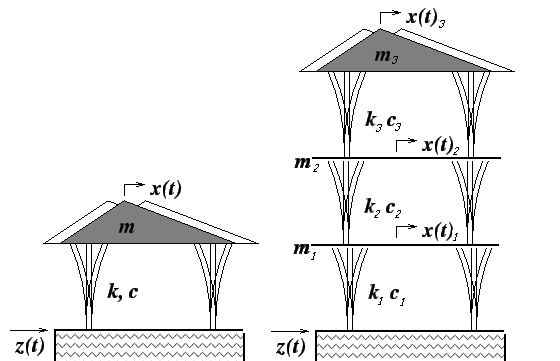
Figure 2: A multi-story building is an extension of a single-story system.
For lateral vibrations of a multi-story building, it is still convenient to assume that each floor is a rigid mass and that the walls and columns are massless and flexible.

To store the multiple masses and stiffness constants, we now introduce matrices and vectors.
First, ![]() is replaced with
is replaced with ![]() ,
a vector of the lateral displacements of each story.
We also use a stiffness matrix,
,
a vector of the lateral displacements of each story.
We also use a stiffness matrix, ![]() ,
and a mass matrix,
,
and a mass matrix, ![]() . These matrices are
. These matrices are
| Single Story | Multiple Stories |
|---|---|
Still assuming that
| (2) |
| Eigenvalues and Eigenvectors |
|---|
| Eigenvalue problems are defined in the following way:
l is an eigenvalue of the square matrix A if there exists a non-zero vector X such that
X is an eigenvector, or mode shape, of this equation. (For an external site on eigenvectors, go to www.math.hmc.edu.) Mode shapes help describe the vibratory motion of a building's movement in an earthquake; the goal of design engineers is to figure out the mode shapes of a designed building in order to understand how it will behave in severe conditions. |
If the matrix cannot be inverted, its determinant must be equal to zero.
In general, for an ![]() -story building, there are
-story building, there are ![]() values of
values of ![]() for which
det(
for which
det(![]() )
equals zero.
These are the natural frequencies,
)
equals zero.
These are the natural frequencies,
![]() , of the building.
For each natural frequency,
, of the building.
For each natural frequency,
![]() ,
,
![]() there is a vector
there is a vector ![]() for which
for which
![]() .
These vectors are the eigenvectors or mode shapes of the building.
(An external site that discusses the importance of mode shapes can be found at www.engr.sjsu.edu.)
Mode-shapes are both mass orthogonal and stiffness orthogonal.
That is, what is happening on one floor with respect to its movement, mass, and stiffness, does not affect the calculations of what is happening on another floor.
This makes the mathematics involved in our model much easier, as you will see in the next section .
.
These vectors are the eigenvectors or mode shapes of the building.
(An external site that discusses the importance of mode shapes can be found at www.engr.sjsu.edu.)
Mode-shapes are both mass orthogonal and stiffness orthogonal.
That is, what is happening on one floor with respect to its movement, mass, and stiffness, does not affect the calculations of what is happening on another floor.
This makes the mathematics involved in our model much easier, as you will see in the next section .
Each building's natural frequencies and mode shapes are uniquely defined for its various stiffness constants and floor masses.
If a building is allowed to vibrate freely, it will do so in a combination
of its natural frequencies and mode shapes.
In an earthquake, if the ground motion ![]() is sinusoidal with a frequency equal to any one of the
building's natural frequencies, then the building will resonate and if the damping is small,
the resonant response can amplify and become extremely large.
is sinusoidal with a frequency equal to any one of the
building's natural frequencies, then the building will resonate and if the damping is small,
the resonant response can amplify and become extremely large.